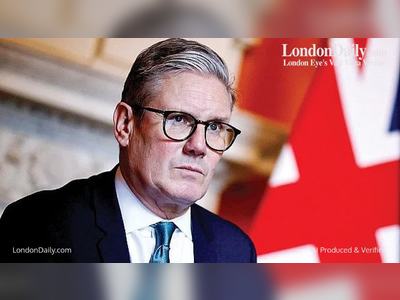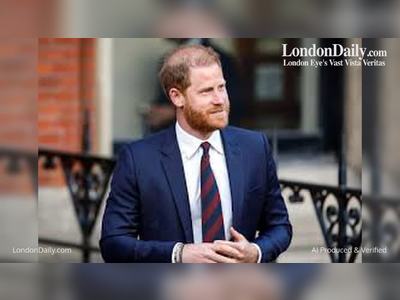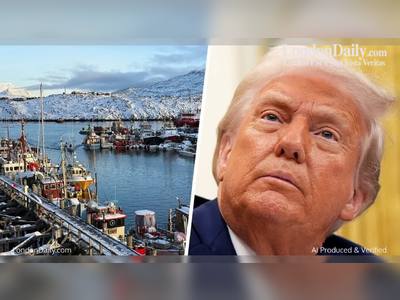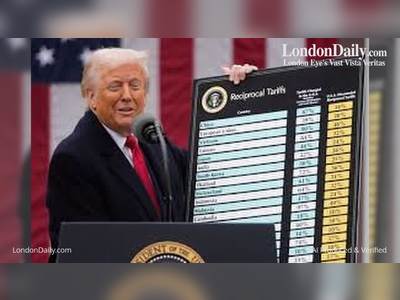Donald Trump drops ‘Chinese virus’ terminology in White House briefing, calls for protecting Asian-Americans
US President Donald Trump on Monday dropped his use of the term “Chinese virus” for the coronavirus that has been spreading worldwide and called for the protection of Asian-Americans.
“It’s very important that we totally protect our Asian-American community in the United States and all around the world,” Trump said at a White House briefing.
“They’re amazing people and the spreading of the virus is not their fault in any way shape or form,” he said. “They’re working closely with us to get rid of it. We will prevail together. It’s very important.”
Asked in the briefing why he stopped using the term, Trump cited a rise in “nasty language” being used against Asian Americans and seemed to suggest that blaming China for the pandemic that has caused more that 16,000 deaths globally is wrong.
“It seems that there could be really nasty language toward the Asian-Americans in our country and I don't like that at all,” the US leader said.
“These are incredible people they love our country and I'm not gonna let it happen so I just wanted to make that point, because they're blaming China, people are blaming China, and they are making statements to great American citizens that happen to be of Asian heritage, and I'm not going to let that happen,” he said.
The shift in tone was abrupt, and characterised what was the least combative briefing Trump has had with the media since he began leading them earlier this month.
Just three days ago, for example, Trump said: “The world is paying a very big price for what [China] did ... If people would have known about it … it could have been stopped right where it came from: China.”
Trump’s new tone came after a week of his and several senior officials’ insistence on prefacing the disease with “Chinese”, leading to widespread condemnation from both within the US – including lawmakers, Asian-American advocacy groups and the wider public – and abroad.
Earlier on Monday, the United Nations’ special rapporteur on racism singled out Trump for his “calculated use” of geographic-based nomenclature, arguing that such language was “rooted in, and fosters, racism and xenophobia”.
In a strongly worded statement, E. Tendayi Achiume said the language served “to isolate and stigmatise individuals who are or are perceived to be of Chinese or other East Asian descent”.
Many Asian-American community leaders have spoken out in the past week, fearing violence against them was on the rise.
“It’s absolutely grotesque the way [Trump has] been portraying it as a ‘Chinese virus’ on the national and global stage,” said Ron Kim, a New York state assembly member representing a Queens district who on February 7 established the Asian American Health Advisory Council to help educate New Yorkers about the virus.
“It has an intangible impact not just on China but all Asian-Americans,” Kim said. “We’ve seen trauma and violence in schools, subways, random sidewalk incidents.”
Despite dialing down language many found divisive, Trump continued to draw the ire of some who criticised him for characterising Asian-Americans as being different from the rest of US society.
“When you say ‘they are working closely with us,’ you're saying we're not like everyone else,’” Chris Lu, who served as Barack Obama’s White House cabinet secretary, said in a Tweet that he closed with “#racist”
Trump’s remarks came on the same day that the US Centres for Disease Control and Prevention (CDC) reported 33,453 coronavirus cases, more than double the previous count announced on Friday, while the death toll rose by a similar margin to 400.
The CDC’s previous tally was 15,268 confirmed cases and 201 deaths, and the numbers have increased from 432 and 19, respectively, just two weeks ago. The figures are current as of 4pm ET on Sunday.
Meanwhile, the latest figures from Johns Hopkins School of Medicine’s Coronavirus Resource Centre, which are updated more frequently and draw on additional sources at the state level, had the number of US cases at 41,047 as of midday on Monday.
The federal government has declared the US states of New York, California and Washington to be national disaster areas to help bring aid to them faster.
The New York City area is suffering particularly hard, with an attack rate, close to one in every 1,000 people, Deborah Birx, the deputy to Vice-President Mike Pence in the White House Covid-19 task force, said in Monday’s briefing.
“This is 5 times what the other areas are seeing there, and through the high-throughput lab investigations we're finding that 28 per cent of the submitted specimens are positive from that area, where it's less than 8 per cent in the rest of the country,” Birx added.
Still, Trump asserted that the stay-at-home orders that about one-third of Americans are subject to may last for a period of weeks instead of months.
Asked whether these orders would be a matter or weeks or months, Trump said: “I'm not looking at months, I can tell you right now, we're going to be opening up our country.”
“With a country, especially the number one economy anywhere in the world, by far, the number one economy in the world can't do that because well, it causes bigger problems than the original,” he said. “We can't have the cure be worse than the problem.”














